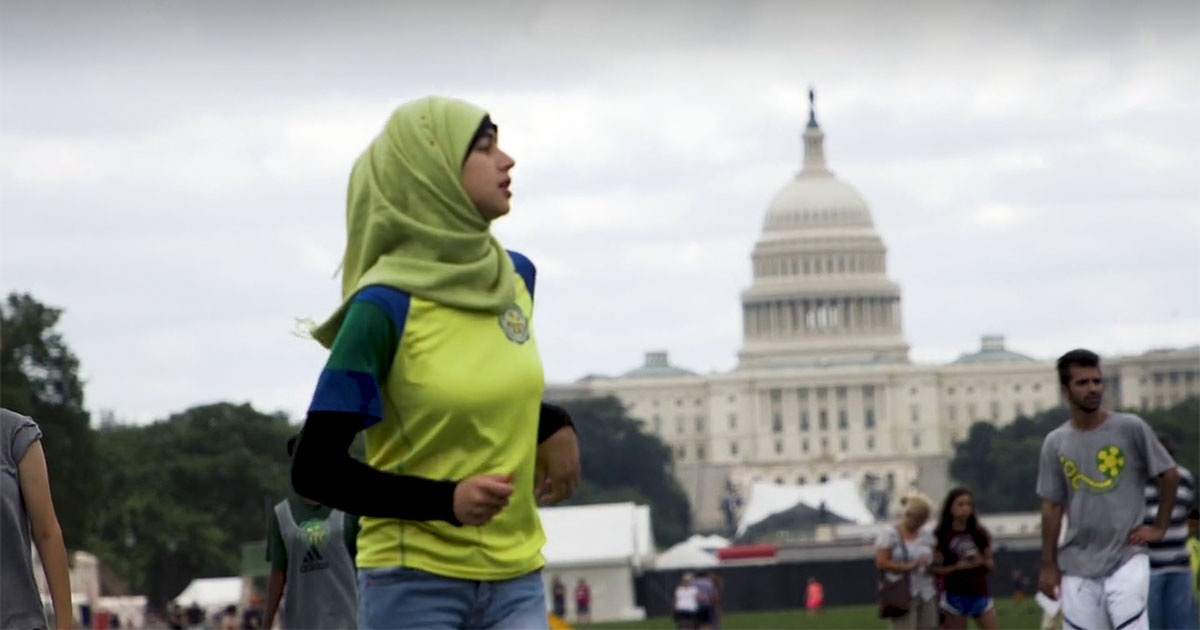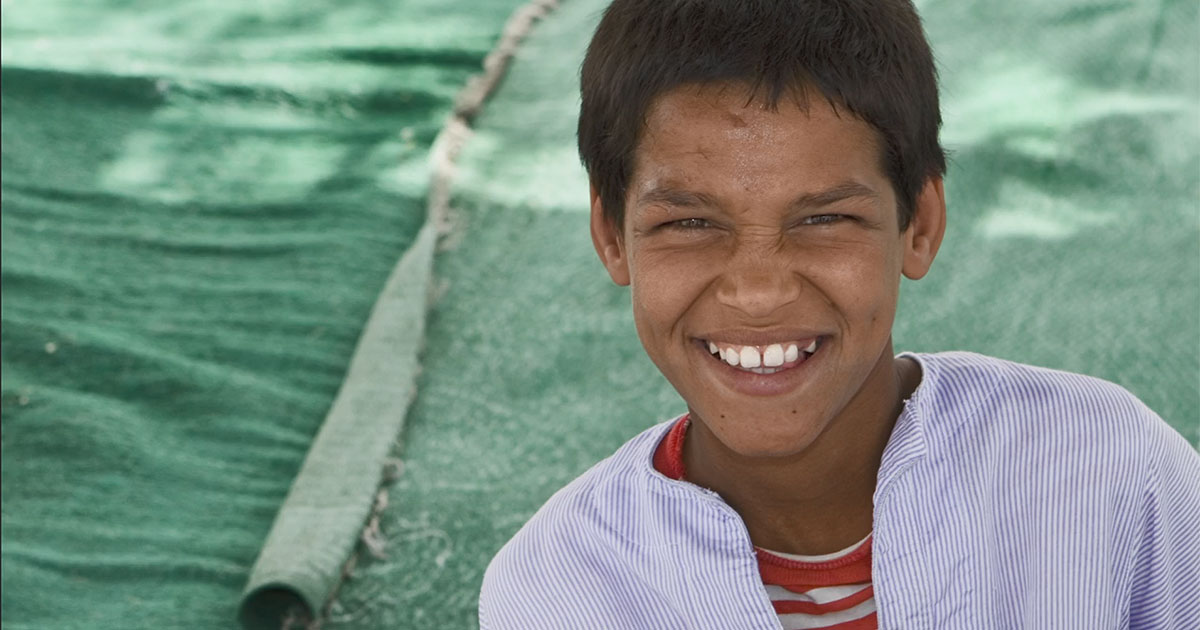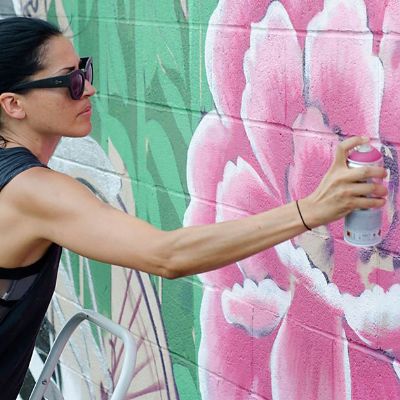On the Move:
Migration & Creativity
For a third year, the Folklife Festival explored how we experience migration in our everyday lives.
- How do we know that we belong?
- What makes us who we are when we are no longer “home”?
- How does migration manifest in creative economies?
- How are we all transnational? How many places are you wearing? How many are you speaking or listening to? How many are you eating?
Visitors joined us for conversations about the role of creativity in making place and community on shifting ground. This cross-cultural, interdisciplinary space presented discussions, musical presentations, and live interviews by media hosts with local cultural producers, Armenian and Catalan participants, and international artists from related Smithsonian initiatives.
At the Ateneu Exchange of the Catalonia program, we addressed how new and changing traditions reflect increasingly diverse communities. The Hyurasenyak stage in the Armenia program featured Cultures of Survival: From Displacement to Resilience, a series highlighting ways in which immigrants around the world thrive in new communities, despite genocide or other violent conflicts, by drawing on their heritage.
Video: On the Move at the 2017 Folklife Festival
For over fifty years, the Folklife Festival has presented programs featuring the diverse experiences and cultural dynamism that emerge from the movement of people to and around the United States. Through this and other research-based initiatives, the Smithsonian Center for Folklife and Cultural Heritage focuses attention on how migration both unsettles and energizes tradition and social life.
The American Anthropological Association’s initiative World on the Move: 100,000 Years of Human Migration promotes balanced and nuanced scholarship about migration and displacement. With programs built on multiple platforms, AAA engages the public and policy makers in discussions that incorporate historical and critical understandings of human movements, what causes them, and the impact they have on communities and individuals. This Anthro Life, in collaboration with AAA, produced content from the 2018 Festival for podcast episodes.
Video: A Visual Introduction to World on the Move













